Before the successful Doom 2016 reboot, there was another cancelled version, nicknamed by fans as Doom 4 1.0. What happened? We have to go back to the origins of Doom. Primordial blood lust and volatile gameplay is inherent and integral to not only the first-person shooter genre but more so to its founding father, Doom. Id Software pushed the boundaries of social and cultural interactions around the world through its unadulterated bastion of pure ecstasy. People from all around the world reveled in Doom’s insatiably addictive gameplay, so much so that businesses and schools had to outright ban playing the game due to loss in productivity and waning attention spans. Fast-paced visceral gameplay became the foundation of this newly created first-person shooter; along with bleeding edge technical achievements in graphics, Doom became the household standard of what videogames could and should be.
However, change is inevitable and becoming obstinate and ignorant to this fact of life will only result in being superseded by those who embrace change. Id software understood this completely more so it’s co-founder, John Carmack, who championed the idea of the never-ending iteration and advancement of his game engines. It is through his undying dedication to creating perfection that we have such staples in videogames like the Doom and Quake franchises.
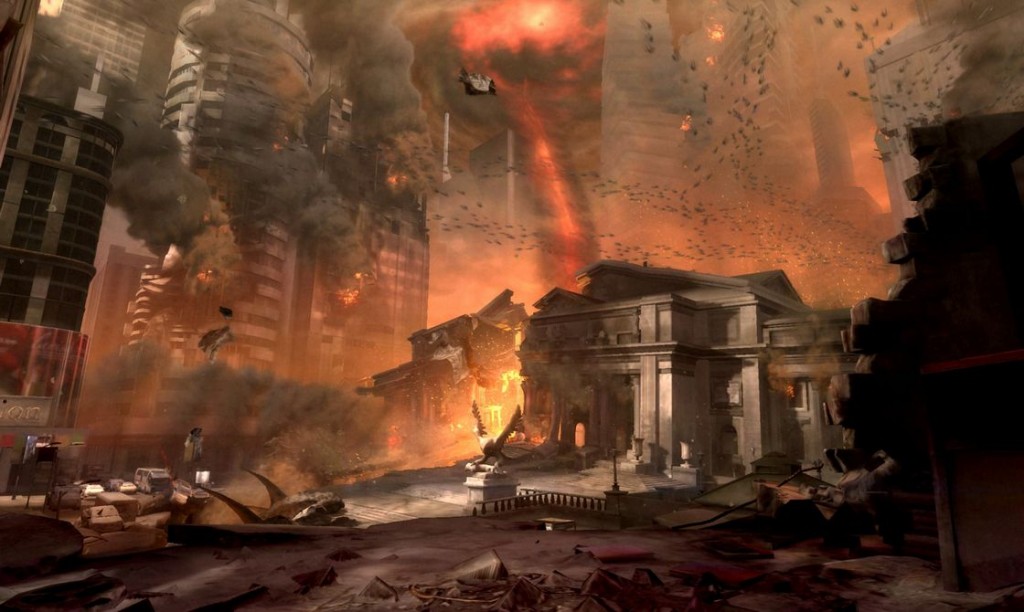
The fourth chapter in the Doom series had a long and troubled development, it was planned by Id at least since 2007 as mentioned by Carmack at QuakeCon of the same year:
“There will be a Doom 4, we don’t have it scheduled or a team assigned to it, but there will be a Doom 4. There’s going to be a Quake Arena sequel. There’s a Wolfenstein thing in production. We’re following along with all those. This game doesn’t have to be Doom. It’s going to be something different.”
Doom 4 was mentioned again in August 2011 in a Gamasutra interview:
“It’s still arguable, because in the Doom 4 project, we decided the multiplayer is 60 frames per second, but the single player is 30 frames per second, so you can have twice as many demons coming at you. They’re valid decisions to go each way, but I am proud of the fact that we were able to push Rage through at that field.”
In August of 2013, John Carmack joined the Oculus VR team while still working for the then ZeniMax owned Id Software. At the time of the acquisition John Carmack revealed in the same Gamasutra interview that:
“If anything, since the ZeniMax acquisition, it’s been great. I don’t even have to pretend to be an executive anymore. I don’t have to go to board meetings. I don’t have to do anything! I can just sit in my office and work. My core is defined as being an engineer. I take resources and a goal, and I try and put them to the best use to get us there. That’s what I do. I don’t want to be doing anything else.”
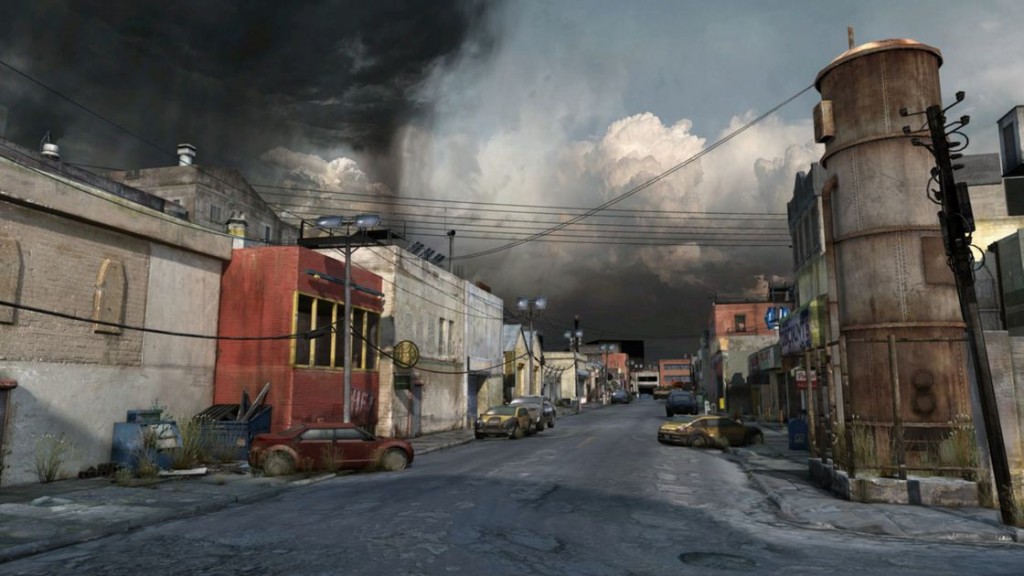
However, Carmack later resigned a month later revealing that Id’s parent company ZeniMax Media, wouldn’t agree to let games he was working on appear on the Oculus Rift. In an interview with Eurogamer John Carmack further explained that:
“I would have been content probably staying there working with the people and technology that I know and the work we were doing,” he said. “But they couldn’t come together on that which made me really sad. It was just unfortunate. When it became clear that I wasn’t going to have the opportunity to do any work on VR while at id Software, I decided to not renew my contract.”
Before his departure Carmack, who was on the precipice of releasing Rage – his company’s foray into the open word first-person shooter genre – revealed to Gamasutra some interesting tidbits when asked a question pertaining to the number of programmers working on Rage and Doom 4:
“It’s like 15 or 18 on Rage. Which is a large team. Actually, one of the things that I’ve been spending a lot of time [with] recently is static code analysis of everything. It’s interesting when you’ve got a multi-million line code base with 15 to 20 programmers, plus another dozen on the Doom 4 project. They’re all kind of working on the same code base.”
This insight into the company’s plans gave hope that the newest iteration of Doom could be an evolution in open-world first-person shooters and usher in the founding father of first-person shooters into its rightful throne once again.
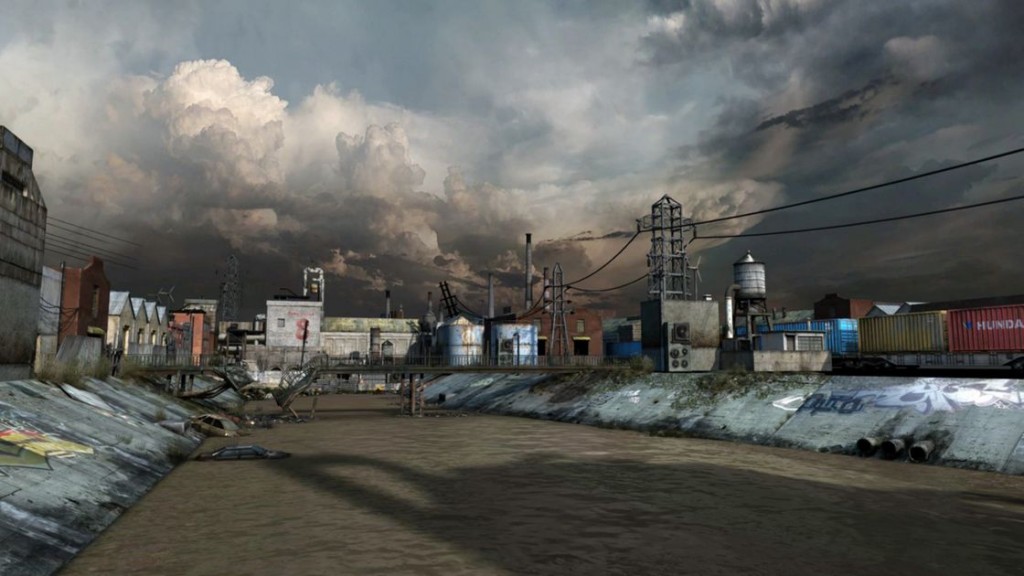
After “Rage” was released in late 2011 and up until the release of “Doom” (2016) Id software had seemed to be uncharacteristically dormant. Years passed and no news or updates surfaced until April of 2013 when Kotaku published an article revealing the trials and tribulations that the Doom 4 project had gone through. Jason Schreler of Kotaku reported that:
“We’ve also learned that in late 2011, after working on Doom 4 for three years, the studio behind the legendary series decided to reboot their newest game completely. Bethesda confirmed this to Kotaku yesterday.
“An earlier version of Doom 4 did not exhibit the quality and excitement that Id and Bethesda intend to deliver and that Doom fans worldwide expect,” Bethesda’s vice president of marketing and public relations Pete Hines said in a statement to Kotaku. “As a result, Id refocused its efforts on a new version of Doom 4 that promises to meet the very high expectations everyone has for this game and this franchise. When we’re ready to talk about the Doom 4 Id is making, we will let folks know.””
Schreler talked to four people with connections to the Id Software-developed game, “and they’ve described a studio plagued by mismanagement and lack of communication that has frustrated staff both at Id and Id’s parent company, ZeniMax.” Originally Doom 4 was slated as as some kind of Doom 2 “reboot” and would continue in Doom 3’s footsteps as a rework of Id software’s original Doom titles.
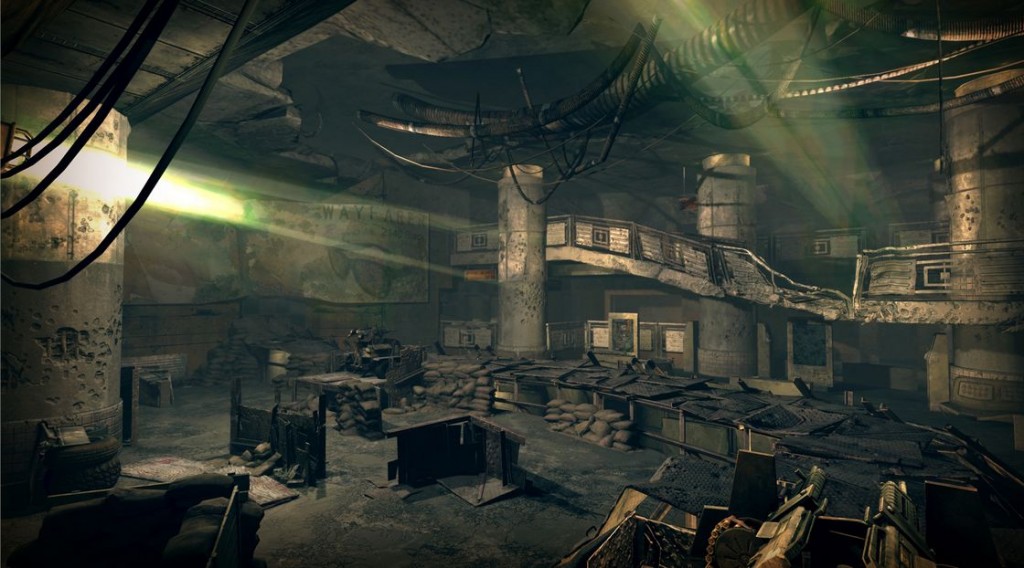
In February 2012, 170 images from the Doom 4 prototype leaked onto the internet. The images are from various points in development, showing some unfinished environments, concepts, and character models. The environments appear to be mainly open urban areas, with a large scale “hell on earth” scenario.
iD design director Matthew Hooper responded to the leak on Twitter:
“Those images have nothing to do with what you’re gonna see in Doom 4. When we officially show things you’ll see awesome.”
You can see more in the gallery below.
In this iteration of Doom 4, the player would take the role of an average human who would be recruited into a makeshift unit of resistance fighters who would ban together to fight the ferocious hordes of demons that were attempting to take over Earth. “People referenced Call of Duty,” said the source:
“There were jokes like, ‘Oh, it’s Call of Doom.’ They referenced it because of the amount it was scripted – there were a lot of scripted set pieces. There was kind of the recognition that in order to be a big shooter these days, you have to have some amount of the big, bombastic movie experience that people get pulled through.”
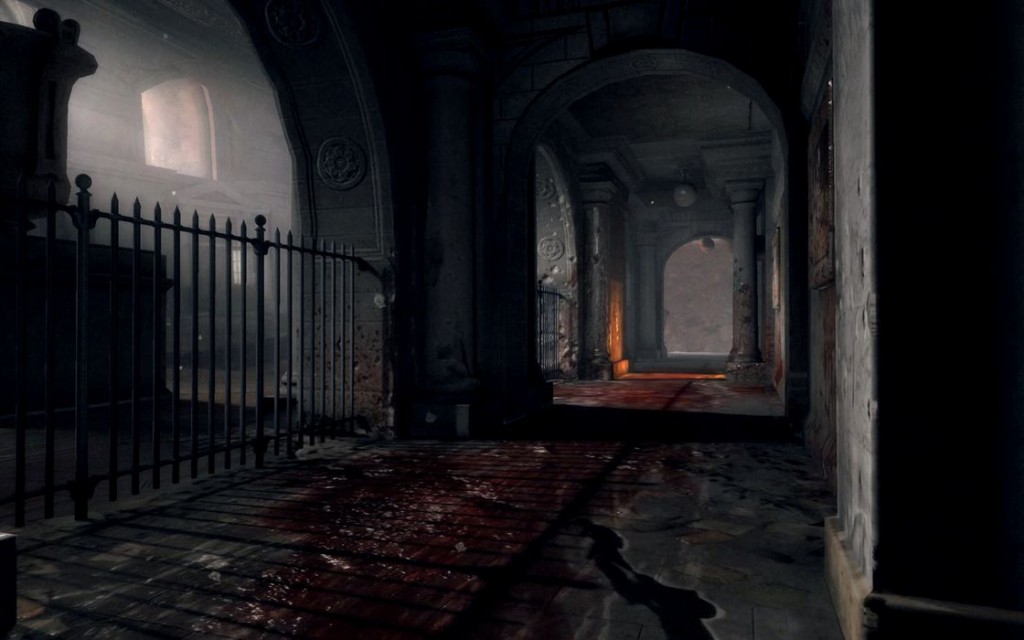
Id software spent a large amount of time incorporating Doom assets into the IdTech 5 engine, the same engine “Rage” was built upon and took a step back in Id’s stapled innovation ideology deciding not to create an entirely new engine for Doom 4. Schreler’s sources described Id as:
“a company full of talent but lacking direction. Politics and mismanagement at the top of the studio had trickled down and negatively impacted all of their projects, so many people at Id were psyched about the reboot, even if it meant changing or discarding the work they’d done.”
Another one of Schreler’s sources commented that, “Most of [Id’s] top talent has left or been fired,” with a third source saying that, “I know that people were leaving steadily through last year.” Sources of Schreler continued to comment saying that., “[Id was] never even close to a shipped product,” said a source. “A half dozen mediocre levels was the most [Id] had to show.” And that, “It’s not going well,” said another source. “Poor management, poor organization… [Id] just couldn’t nail down design… It’s just a mess.”
In 2015 another article on Polygon confirmed that Bethesda scrapped Doom 4 because it felt like Call of Duty ‘with a Doom skin on it’:
“We weren’t happy with the game that was being made,” he said of the decision to kill the project. “We decided that it wasn’t Doom enough and needed to be thrown out and started over. Some folks left and some faces changed at the studio. Out of that change – which was not easy for those guys to go through – some amazing things happened.”
“You can probably close your eyes and imagine a ‘Call of Doom’ or a ‘BattleDoom’ game, where it starts to feel way too much like: ‘Wait, this doesn’t feel like Doom, it feels like we’re playing some other franchise with a Doom skin on it,'” he said.”
As written in a detailed retrospective on the faield Doom 4 project by Andrea Ritsu:
“Doom 4 was set during a hell invasion on Earth, much like Doom II: Hell on Earth was. The world was designed to look very much like a realistic modern day setting that was being ripped apart. Giant red portals in the sky was seemingly how the demons would arrive, causing storms of dust and fire. Hellish growth would start taking over Earth, much like in Doom 3’s Mars Base.
In the story, you would play a civilian trapped in hell’s invasion on Earth. The stand against the demons was not a marine corps, but rather a resistance force the player became a part of.”
The Doom 4 project was unceremoniously transformed from a promising evolution of the open-world first-person shooter genre to a downtrodden quagmire of mismanaged and misappropriated expectations. Zenimax’s acquisition of Id lead to a period of internal strife and flux in the company, like any acquisition the process of reorganization is a delicate and messy process.
Thanks to a video documentary published by NoClip in December 2016, we finally learn much more on the original Doom 4 development, and were able to look at some prototype footage:
Some gameplay details unveiled in this documentary were summarized on the Doom Wiki:
“Rather than re-imagining the fast-paced gameplay of the original games, Doom 4 was to take a cinematic and linear approach driven by a war-drama-like plot featuring two-way dialogue between the player and characters […] One element which survived, in a transformed state, was a unique system for “sync melee” combat, wherein the player would be attached to an enemy to carry out animated close-up attacks culminating in a fatal final blow.”
In the end we, the gamers, have been treated to some of the best reiterations of the first-person shooter genre we could ever imagine in “Wolfenstein: The New Order” and “Doom” (2016) and should look at the Doom 4 project as a needed exploration into the dredges of the genre to truly appreciate the hard work and dedication of Zenimax, Bethesda, and Id in their efforts in hearkening back to the pure unadulterated ecstasy that is Doom.
Article by BryceG
Videos:
Images:
